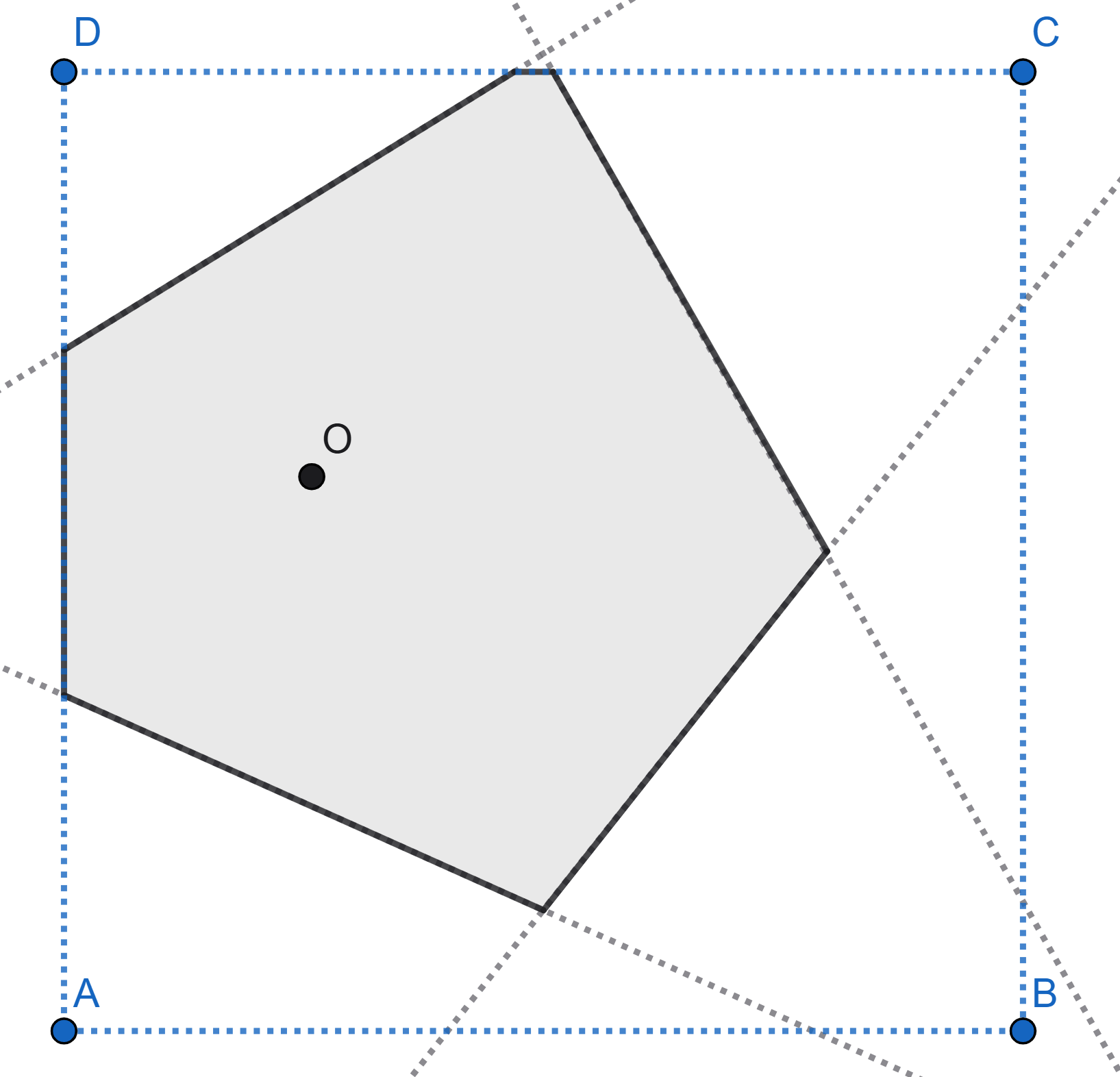Problems
Prove that for a monotonically increasing function \(f (x)\) the equations \(x = f (f (x))\) and \(x = f (x)\) are equivalent.
Prove that the 13th day of the month is more likely to occur on a Friday than on other days of the week. It is assumed that we live in the Gregorian style calendar.
Specify any solution of the puzzle: \(2014 + YES =BEAR\).
A castle is surrounded by a circular wall with nine towers, at which there are knights on duty. At the end of each hour, they all move to the neighbouring towers, each knight moving either clockwise or counter-clockwise. During the night, each knight stands for some time at each tower. It is known that there was an hour when at least two knights were on duty at each tower, and there was an hour when there was precisely one knight on duty on each of exactly five towers. Prove that there was an hour when there were no knights on duty on one of the towers.
Hannah placed 101 counters in a row which had values of 1, 2 and 3 points. It turned out that there was at least one counter between every two one point counters, at least two counters lie between every two two point counters, and at least three counters lie between every two three point counters. How many three point counters could Hannah have?
A pack of 36 cards was placed in front of a psychic face down. He calls the suit of the top card, after which the card is opened, shown to him and put aside. After this, the psychic calls out the suit of the next card, etc. The task of the psychic is to guess the suit as many times as possible. However, the card backs are in fact asymmetrical, and the psychic can see in which of the two positions the top card lies. The deck is prepared by a bribed employee. The clerk knows the order of the cards in the deck, and although he cannot change it, he can prompt the psychic by having the card backs arranged in a way according to a specific arrangement. Can the psychic, with the help of such a clue, ensure the guessing of the suit of
a) more than half of the cards;
b) no less than 20 cards?
Carry out the following experiment 10 times: first, toss a coin 10 times in a row and record the number of heads, then toss the coin 9 times in a row and again, record the number of heads. We call the experiment successful, if, in the first case, the number of heads is greater than in the second case. After conducting a series of 10 such experiments, record the number of successful and unsuccessful experiments. Collect the statistics in the form of a table.
a) Anton throws a coin 3 times, and Tina throws it two times. What is the probability that Anton gets more heads than Tina?
b) Anton throws a coin \(n + 1\) times, and Tanya throws it \(n\) times. What is the probability that Anton gets more heads than Tina?
In the first term of the year Daniel received five grades in mathematics with each of them being on a scale of 1 to 5, and the most common grade among them was a 5 . In this case it turned out that the median of all his grades was 4, and the arithmetic mean was 3.8. What grades could Daniel have?
The point \(O\) is randomly chosen on piece of square paper. Then the square is folded in such a way that each vertex is overlaid on the point \(O\). The figure shows one of the possible folding schemes. Find the mathematical expectation of the number of sides of the polygon that appears.

10 children were each given a bowl with 100 pieces of pasta. However, these children did not want to eat and instead started to play. One of the children started to place one piece of pasta into every other child’s bowl. What is the least amount of transfers needed so that everyone has a different number of pieces of pasta in their bowl?